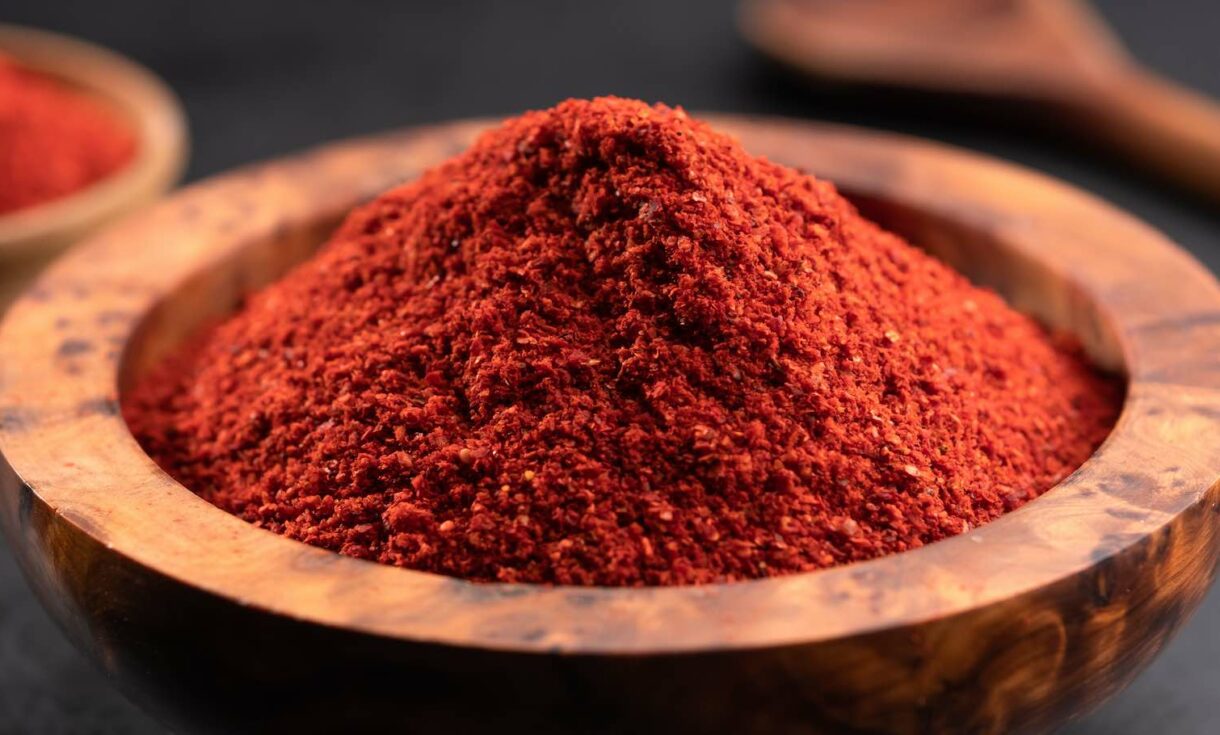- No. 268 Xianghe Street, Economic Development Zone of Xingtai city, Hebei 054001 China
- Byron@hbhongri.cn
Comparison of Oleoresin Capsicum and Pepper Spray for Self-Defense Purposes
Oleoresin Capsicum vs. Pepper Spray Understanding the Differences and Uses
When it comes to self-defense products, pepper spray is one of the most commonly recognized options. Its effectiveness in deterring attackers and providing a sense of safety has made it a popular choice among individuals seeking personal protection. However, many are unfamiliar with the term oleoresin capsicum, a key ingredient in pepper spray. This article explores the differences between oleoresin capsicum and pepper spray, their uses, and the science behind them.
What is Oleoresin Capsicum?
Oleoresin capsicum (OC) is a natural extract derived from the chili pepper plant, specifically from the fruit of the Capsicum species. This oily resin contains capsaicin, the chemical compound responsible for the spicy heat of peppers. The concentration of capsaicin in oleoresin capsicum is often measured in Scoville Heat Units (SHU), which is a scale used to quantify the heat level of chili peppers. The higher the concentration, the more potent the oleoresin.
One of the notable features of oleoresin capsicum is its ability to cause intense irritation to the mucous membranes, skin, and eyes. This makes it a powerful agent for use in self-defense scenarios. It is often formulated into various self-defense products, including pepper spray.
What is Pepper Spray?
Pepper spray is a self-defense tool that typically consists of a mixture of oleoresin capsicum, a solvent (usually alcohol or oil), and a propellant. The main purpose of pepper spray is to incapacitate an attacker temporarily, allowing the intended target to escape a potentially dangerous situation. When sprayed into an assailant's face, the active components of pepper spray cause an immediate and uncontrollable reaction, including intense burning sensations in the eyes, temporary blindness, coughing, and difficulty breathing.
Pepper spray is available in various formulations, with different levels of capsaicin concentration and different delivery mechanisms. It can be found in small canisters for easy carry and is often designed for quick and effective deployment.
Key Differences Between Oleoresin Capsicum and Pepper Spray
While oleoresin capsicum is a fundamental ingredient in pepper spray, it is important to note that they are not the same. Here are some key differences
1. Composition Oleoresin capsicum is the potent extract from chili peppers, while pepper spray is a formulated product that includes oleoresin, preservatives, and propellants. This makes pepper spray a ready-to-use self-defense tool.
oleoresin capsicum vs pepper spray

2. Application Oleoresin capsicum can be used in various applications beyond self-defense, including in food products for flavoring and in medicinal contexts. Pepper spray, on the other hand, is specifically designed for defense and protection.
3. Concentration and Formulation The concentration of capsaicin in oleoresin capsicum can vary widely, whereas pepper spray usually contains a standardized amount to ensure consistent effectiveness during an encounter.
4. Legality and Regulation Pepper spray is subject to specific regulations and restrictions that may vary by state or country, while oleoresin capsicum as a substance may not have the same legal scrutiny unless it's used in a self-defense context.
Uses of Oleoresin Capsicum and Pepper Spray
Both oleoresin capsicum and pepper spray can be effectively used for self-defense purposes. However, their uses can extend beyond personal protection.
- Self-Defense As mentioned, pepper spray is widely used for self-defense, giving individuals an advantage when faced with potential threats. The intense pain and disorientation caused by pepper spray can deter attackers and provide an opportunity to escape.
- Animal Control Oleoresin capsicum is also used in formulations aimed at deterring aggressive animals, providing a humane way to protect oneself from dog attacks, for example.
- Food Industry Oleoresin capsicum, due to its heat and flavor, is used in various culinary applications, including hot sauces and seasonings, adding not only spice but also color to dishes.
- Medicinal Uses Capsaicin, derived from oleoresin capsicum, is used in creams and ointments for pain relief, showcasing the versatility of this powerful compound.
Conclusion
In summary, while oleoresin capsicum and pepper spray are interconnected, they serve different purposes and have distinct characteristics. Oleoresin capsicum serves as the potent extract with various applications, including culinary and medicinal, while pepper spray is a practical self-defense tool designed for immediate use. Understanding these differences helps individuals make informed choices about personal safety products and their various applications. Whether you choose pepper spray for self-defense or simply enjoy the heat of oleoresin capsicum in your food, both have their valuable roles in our lives.
-
The Versatile Uses and Benefits of Capsicum Frutescens Oleoresin and ExtractsNewsJun.03,2025
-
Paprika&Chili Products Enhancing Flavor and Wellness in Every BiteNewsJun.03,2025
-
Paprika Extract and Capsicum Applications in Food and IndustryNewsJun.03,2025
-
Exploring the Benefits and Uses of Turmeric Powder and Curcumin ExtractNewsJun.03,2025
-
Discover the Bold Flavor of Premium Chilli Powder from ChinaNewsJun.03,2025
-
Capsicum Oleoresin Extract: A Potent Natural Ingredient in Modern ApplicationsNewsJun.03,2025







